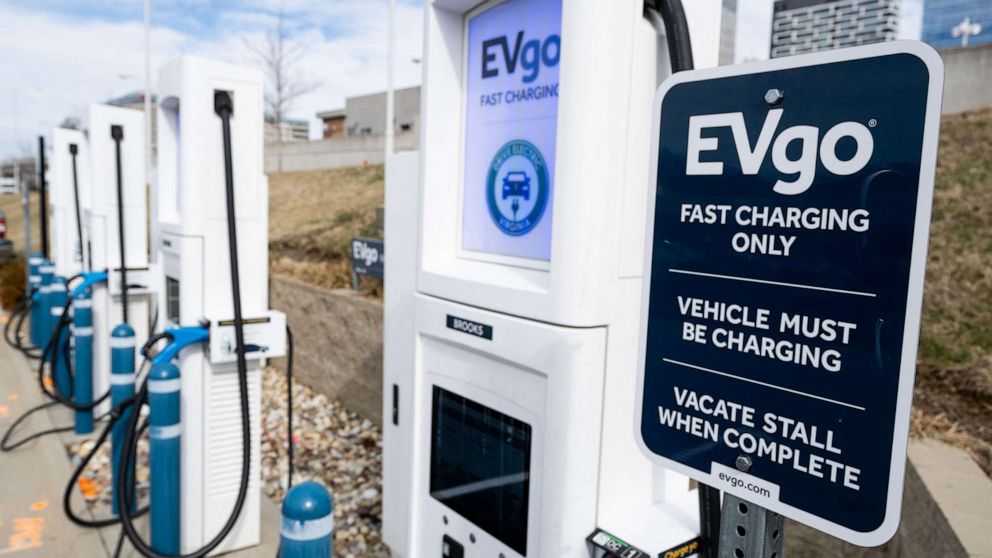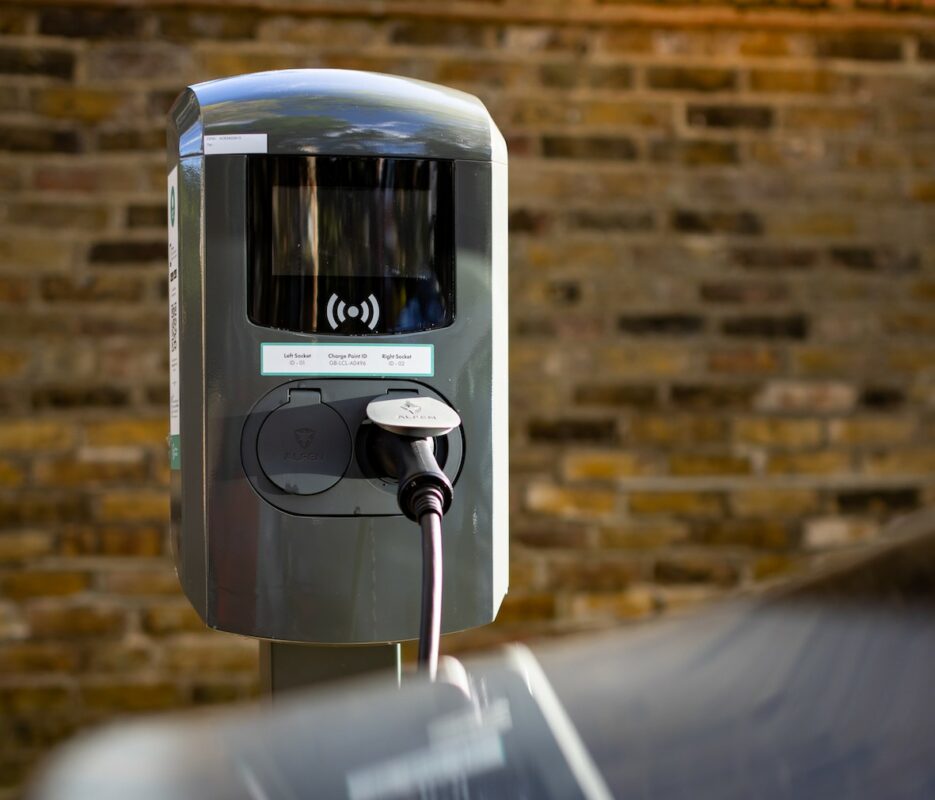Key Innovations in the EV Sector You’ll Find in Today’s Buy EV Charging news
Key Innovations in the EV Sector You’ll Find in Today’s Buy EV Charging news
Blog Article
New Dope in EV Charging: Exactly How the Market Is Advancing to Fulfill Need
As the electric automobile (EV) market continues to expand, the charging infrastructure is undertaking significant changes to resolve the surging demand. The ramifications of these developments raise important questions regarding the future of EV charging and its role in the wider power community.
Growth of Billing Facilities
The quick development of electric lorry (EV) charging framework is a vital element in helping with the prevalent adoption of electric movement. As governments, private business, and consumers significantly identify the importance of lowering carbon emissions, financial investments in billing networks have actually risen. This infrastructure growth is important to minimize array anxiety, making sure that EV customers have practical accessibility to billing stations.
Considerable improvements in billing terminal technology and release techniques have emerged. Urban locations are seeing a proliferation of public charging terminals, while country areas are gradually being incorporated right into the charging network. Moreover, partnerships in between auto suppliers and billing service providers are ending up being more common, helping with the facility of detailed networks that enhance individual experience and accessibility.
In enhancement, the integration of eco-friendly power sources right into billing terminals is acquiring momentum, promoting sustainability in the EV community. This change not just supports environmental goals but likewise lines up with the climbing demand for environment-friendly power options among customers.
Ultra-Fast Charging Technologies
Ultra-fast charging modern technologies represent a significant jump ahead in the EV charging landscape, allowing electrical vehicles to reenergize in a fraction of the time contrasted to conventional billing techniques. These innovations normally provide power levels surpassing 150 kW, with some systems rising to 350 kW or even more, drastically minimizing charging times to as little as 15-30 minutes for a considerable charge.
Secret allowing technologies consist of innovations in battery chemistry, power electronic devices, and thermal administration systems. As an example, high-capacity batteries with enhanced thermal security enable faster billing without overheating. Furthermore, developments accountable infrastructure, such as liquid-cooled cable televisions and modular billing terminals, promote efficient power transfer, enhancing the overall user experience
Significant vehicle suppliers and modern technology companies are proactively spending in ultra-fast billing networks, acknowledging the vital role they play in overcoming range anxiety and accelerating the fostering of electric cars. As these modern technologies become extra extensively offered, the EV market is expected to witness considerable growth, making electrical wheelchair a more eye-catching option for consumers. Overall, ultra-fast billing modern technologies are pivotal in shaping the future of lasting transport, leading the method for a much more extensive and efficient billing ecological community.
Smart Grid Integration

With need reaction methods, smart grid systems can change charging schedules based on grid conditions and power rates. As an example, throughout durations of high demand, billing can be delayed to off-peak hours, resulting in reduced costs for consumers and lowered stress on the grid. Additionally, vehicle-to-grid (V2G) technologies enable EVs to release power back right into the grid, enhancing and offering ancillary solutions grid stability.
Combination with renewable power sources further improves the sustainability of EV charging. By straightening billing tasks with durations of high solar or wind generation, clever grids promote a greener billing facilities. Eventually, wise grid assimilation not just sustains the growing demand for EVs but additionally adds to a more resilient and lasting power future, placing the industry for long-lasting success.
Battery Developments
In the middle of the quick development of electric vehicles (EVs), battery innovations stand at the center, driving advancements in efficiency, effectiveness, and page sustainability. As the need for EVs rises, researchers and manufacturers are concentrating on enhancing battery modern technologies to attend to obstacles such as variety anxiety and charging times.
Lithium-ion batteries remain one of the most widely utilized modern technology, yet brand-new products and chemistries are arising to boost power density and long life. Solid-state batteries, as an example, assure higher energy storage space capacity and boosted security find by changing liquid electrolytes with solid ones. This shift can significantly reduce the risk of fire and enhance the lifespan of batteries.
Moreover, improvements in battery recycling procedures are essential for sustainability. Business are developing techniques to recover valuable materials like lithium, cobalt, and nickel from used batteries, promoting a circular economy and decreasing ecological impact.

Global Charging Criteria

Efforts are underway to establish international charging requirements that assist in compatibility amongst numerous EV versions and billing stations. Organizations such as the International Electrotechnical Compensation (IEC) and the Society of Automotive Engineers (SAE) my latest blog post are working collaboratively with vehicle suppliers and power service providers to create detailed standards. EV Charging news. These standards goal to streamline the billing procedure, lower the demand for several adapters, and boost user experience
Additionally, standardization can considerably boost the expansion of the billing network, as it urges investment by making framework growth more predictable and effective. As the EV market grows, a unified method to billing criteria will certainly be vital for guaranteeing that consumers can charge their cars easily and dependably, thereby sustaining the wider transition to sustainable transport.
Final Thought
The electrical lorry charging sector is going through substantial change to resolve the surging need for lasting transportation. Advancements in charging facilities, ultra-fast technologies, wise grid assimilation, and innovative battery remedies are crucial in improving user experience and operational performance.
Urban locations are seeing a proliferation of public billing stations, while rural regions are slowly being integrated into the charging network. In addition, growths in charging facilities, such as liquid-cooled cable televisions and modular billing stations, assist in reliable power transfer, enhancing the total user experience.
Generally, ultra-fast billing technologies are crucial in forming the future of lasting transportation, paving the way for an extra extensive and efficient billing ecosystem. - EV Charging news
By lining up billing activities with periods of high solar or wind generation, clever grids advertise a greener charging infrastructure.Initiatives are underway to develop international charging standards that facilitate compatibility amongst numerous EV models and billing terminals.
Report this page